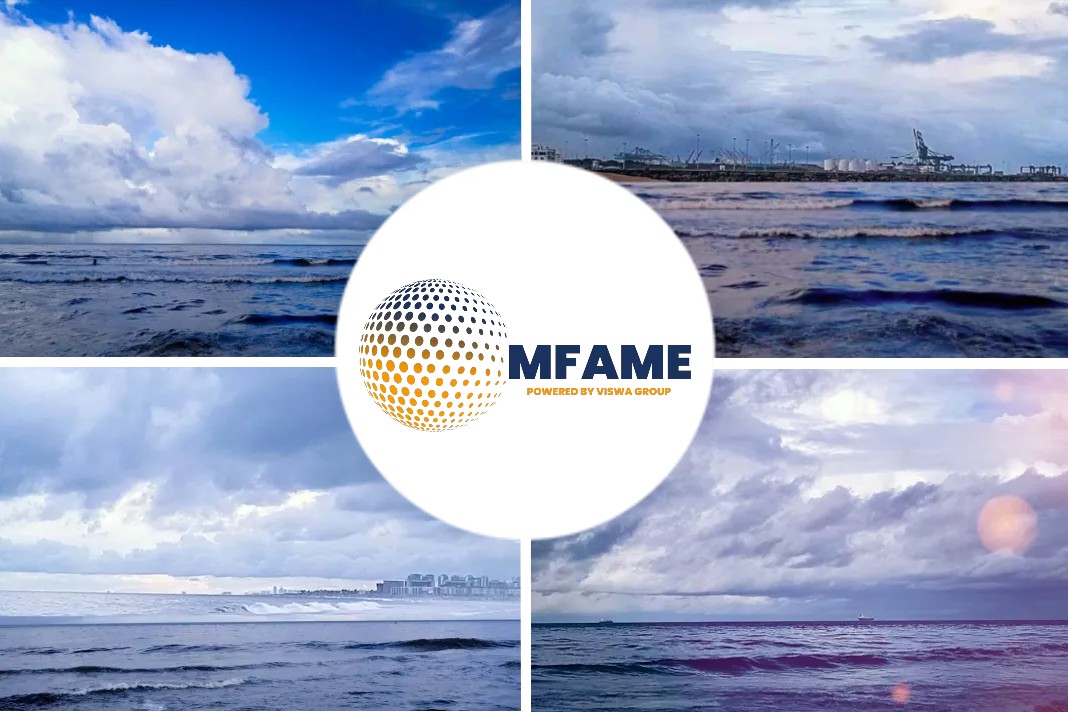
The number of “green” ships ordered is growing in size, as the industry is beginning its long journey towards decarbonization, reports Hellenic Shipping News.
Green ships on the rise
In its latest weekly report, shipbroker Intermodal said that “the shipping decarbonization pathway is well underway. During 2022 the process of decarbonization has hit a turning point as the majority of the newbuilt vessels ordered incorporated some kind of emission abatement technology and/or were capable of or ready to use alternative fuels. The subsequent trend has been extended through 2023 so far and is anticipated to be long-lived”.
According to Ms. Chara Georgousi, Research Analyst, “in terms of alternative fuels, at the time of writing, 0.54% of the world fleet is using alternative fuels, while 14.69% of the total orderbook will be alternatively fueled. We can now count 911 vessels in water using LNG, 182 vessels using LPG, 127 vessels using methanol, and only 27 vessels using hydrogen. Out of the current orderbook, 10.31% of the vessels are LNG-fueled, 2.03% are methanol-fueled, 1.91% are LPG-fueled, and just 0.42% are powered by hydrogen. During the first five months of 2023, 20% of the vessels that have been ordered will have the capability to use alternative fuels. More specifically, 6% out of them will be LNG-fueled, 9% are methanol-fueled, and only 5% are LPG fueled”.
Intermodal’s analyst added that at the time of writing, we can count 5,122 scrubber-fitted vessels, out of which 34.67% are bulkers, 23.62% are containers, 13.86% are crude oil tankers and 11.42% are chem/oil tankers. In particular, 30.75% of the world crude oil tanker fleet is scrubber fitted, followed by containers with a share of 20.38% of the world container fleet and bulkers with 13.32% of the world dry bulk fleet.
Did you subscribe to our newsletter?
It’s free! Click here to subscribe!
Source: Hellenic Shipping News















